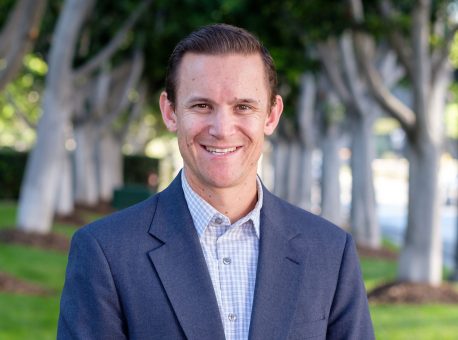Ben Seager – Over the hill: Can senior housing surmount the challenges of a COVID-19 reality?
Illinois REjournal
November 12, 2020
Just last year, the senior housing sector was a surging asset class, with new developments popping up all over the map in hopes of capturing a large, aging population. The sector has had to do some soul searching in the current environment, however, as the pandemic has curbed potential residents’ enthusiasm for these properties.
Looking to find some answers, 10 industry professionals recently participated in the 12th Annual State of Chicagoland Senior Housing Summit. Suzanne Koenig, president and founder, SAK Management LLC, moderated the first discussion, cutting right to the heart of the issue with her opening question: how is the industry preparing for the additional costs incurred by the pandemic?
There are two tracks within the senior living sector—choice-based retirement communities and need-based assisted living. Development of the former has been put on hold as potential residents are waiting out the current health crisis before electing to move into these properties.
Those who need assisted living options still need them whether or not there’s a pandemic. But there is a middle ground, a population of people who can’t afford to maintain a single-family home but also can’t pay the exorbitant rents at a new, Class A senior living facility.
Dora Kay, AIA LEEP AP, senior living sector leader at Moseley Architects, suggested that redevelopment of hotel properties may be a cost-effective approach for this group. While hotel conversion is not a new concept, that particular industry has been the hardest hit by COVID-19 and thus there are many vacant properties on the market.
“Instead of letting them fall to the wayside, we can repurpose them to serve the ‘middle market’ of the senior living sector,” Kay said.
Ben Seager, AIA, LEED AP, associate principal at KTGY, agreed with this sentiment, saying that mid-tier hotel properties that feature larger washrooms and kitchenettes in each unit are the best targets. He also pointed out that most hotel properties already have administrative areas, communal kitchen space, lounges, fitness centers and other amenities that can be easily modified to serve senior living residents.
Technology is helping to make these properties safer during the COVID era, according to Michael Hayford, Kastle Systems’ director of multifamily business development, Midwest. For example, an app-based program that allows residents to access common areas without having to manually open doors helps to prevent the spread of the virus and can also aid in contact tracing in the event that there is an outbreak. Thermal cameras at the entrances can also take employees’ and visitors’ temperatures upon entering a facility.
In the end, operating protocols are what will make the biggest difference in mitigating transmission of COVID-19, or any future diseases. Keven Bennema, president and CEO of Charter Senior Living said that he has been stressing employee education on everything from cleaning regimens to limiting exposure outside of the workplace. He and his executive team have also been regularly communicating with other senior living operators to share best practices.
The second panel focused on the financing environment for the senior living sector. James Kutiill, MAI, managing director, Integra Realty Resources moderated this discussion. The panelists all agreed that despite headwinds, equity remains flexible for this asset class. Debt, on the other hand, has been impaired.
“There is still a lot of equity out there,” said Jacob Gehl, executive managing director and co-founder, Blueprint. “Operators are receiving PPP financing and there are some CARES Act funds still sloshing around.”
Gehl said that the larger lenders have taken a big step back and some retail banks are picking up the slack, though at less-than-favorable interest rates. According to Jerome Finis, CEO of Pathway to Living, even if one can lock in development financing, other factors require a more measured approach than in years past.
“There was overbuilding before this in a lot of markets,” Finis said. “You have to convince yourself, and your capital source, that you have a compelling argument. As a developer, you have to be willing to take on more of the risk.”
If an owner or developer is particularly eager to develop a senior housing project in this environment, the first step, according to Rudy Trebels, CEO of Wedgewood Investment Group, is to identify a piece of land that can deliver the lowest cost per unit. Locating within an Opportunity Zone, acquiring TIF financing and other steps may help to make the deal pencil out even in this extreme environment.
Looking ahead, Bluma Broner, managing director, healthcare at CIBC, said that employee expenses have gone up during the pandemic and a new Biden administration could lead to an increase of the minimum wage at the federal level. The senior living industry needs to find a way to create stability whereby employees can have a livable wage and operators can still turn a profit.
“Replacing a staff is much more expensive than keeping wages down,” Broner said. “It’s also really important to maintain that stability of staff from an operational standpoint.” Some Chicago submarkets had a glut of senior living supply going into 2020, before the pandemic depressed both new move-ins and rent collection. Hopefully, it won’t be long before the sector—here and nationwide—recovers from the economic effects of COVID-19.


